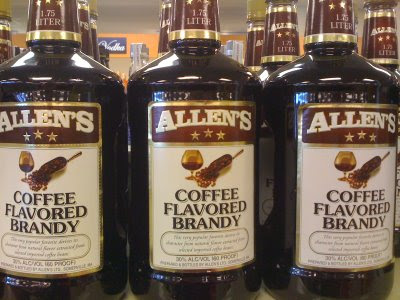Tuesday, March 29, 2011
Processing Change
Live Lobster, which plans to operate in Prospect Harbor (part of Gouldsboro) as Lobster Web LLC, last week inched closer to its goal of converting the former Stinson Seafood sardine cannery into a lobster processing plant when local selectmen cautiously agreed to endorse a grant for $400,000 in federal CDBG funds (see BDN story).
Antonio Bussone, president of Live Lobster, was not at the March 24 meeting because he was attending the International Boston Seafood Show, a woman said at the selectmen's meeting. Bussone has attended several such meetings in Gouldsboro, which reflects the importance the lobster processing plant would have to the company, which currently does not have any processing capacity.
According to the woman, Canadians at the seafood show indicated they are not happy that more lobster processing plants are popping up on the Maine coast. Besides Prospect Harbor, Maine's lobster processing capacity is getting significant boosts with a new proposed facility in St. George, with a change in state laws that had restricted processing, and with a (resulting) new product at Linda Bean's company in Rockland that is being sold at Walmart.
I don't know if the woman's claims about Canadian processors being unhappy with these developments is true or not, but it stands to reason that they would be. Canadian processors have consistently converted more than half of Maine's annual lobster landings into a "product of Canada." Some Maine officials have said that as much as 70 percent of Maine lobster ends up going to Canada for processing.
Maine lobstermen caught an estimated 93 million pounds of lobster last year. Seventy percent of that would be 65 million pounds. There's no way Maine's new processing capacity will absorb that much, but many would say the number of lobster processing jobs created in Maine is more important than the amount or percentage of lobsters shipped to Canada.
Wednesday, March 23, 2011
Allen's Uber Alles
 I don't really know why I am so intrigued by these statistics.
I don't really know why I am so intrigued by these statistics.But every year I find myself checking the Maine Bureau of Alcoholic Beverages & Lottery Operations website to see what the most popular hard liquors in Maine are.
Before the new figures are available, I know what they will tell me. Invariably - more predictable even than me looking at the BABLO website to confirm its supremacy - Allen's Coffee Flavored Brandy is at the top of the list. According to Somerville, Mass.-based M.S. Walker, which makes Allen's, it sells more coffee flavored brandy in Maine than anywhere else.
I've blogged about this before, so I won't go into too much statistical detail, but Allen's crushes the competition. The state tracks different bottle sizes separately, so one particular brand might appear more than once in its list of Top 25 liquors (beers, wines and products like Twisted Tea, unfortunately, do not make the list).
Allen's CFB - as it has every year I've checked - appears four times in the Top 10 spots for 2010. Orloff Vodka and Captain Morgan Spiced Rum are the only brands that appear more than once (twice each) in the Top 25, with both ranked Orloff units in the Top 10.
More than $12.3 million worth of Allen's was sold in Maine last year. Captain Morgan, ranked second, was more than $7 million behind in total sales value with nearly $4.9 million. Orloff was third with a paltry $2.78 million.
In terms of volume, Allen's sold more than one million bottles. Orloff sold a total of 285,677 bottles and Captain Morgan's sold 245,779 bottles. If you want to see for yourself, check out this spreadsheet I made.
I should point out that Allen's sales went DOWN last year for the first time in at least six years - by more than half a million dollars in total value and more than 45,000 bottles in total volume. Still, Allen's sales outpaced the other six top-selling units combined.
Why Allen's sells so well in Maine, no one seems to know. Similar to cheesesteaks in Philadelphia, bratwurst in Wisconsin, or peanut brittle in the South, it is one of the more distinctive cultural identifiers out there - only it is a brand, not just a type of anything. Like these other items, it is considered affordable for most people but, unlike the others, Allen's Coffee Flavored Brandy can get you drunk. That doesn't make it more appealing necessarily but, in my book, it certainly makes it a lot more interesting.

Subscribe to:
Comments (Atom)
